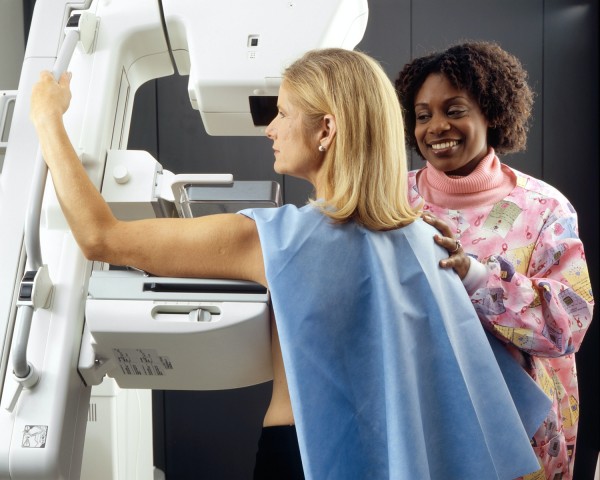Avelas Announces Latest Development, a First for Its Breast Cancer Patients

San Diego-based clinical-stage biotechnology firm, Avelas Biosciences has announced that it has positive Phase 2/3 of its three-phased clinical data of the firm's cancer-specific fluorescent biomarker, pegloprastide.
This technology provides real time information in the operating room that can lessen the need to do repeat operations.
A first for its breast cancer patients, pegloprastide, also called AVB-620, is an innovative drug-device combination product that surgeons can use during surgery of cancer patients.
Avelas said that it is currently focused on developing AVB-620, which is designed for the improvement of surgery through the detection of cancer in real-time.
The firm also explained that pegloprastide has the potential to be a part of a standard of treatment for a range of cancer surgeries.
ALSO READ: 5 Reasons for Eating Oatmeal During Breakfast
Detect Cancer Accurately
The effectiveness of pegloprastide has been proven in this study examining women who have primary, non-recurrent breast cancer, undergoing an initial lumpectomy.
They said the drug-device was used during breast-conserving surgery, and it was reportedly able to identify cancer correctly in up to 75 percent of women with positive margins who would have otherwise been candidates or repeat surgery.
Other than breast cancer, the clinical-stage biotech company is also planning to explore the use of pegloprastide in a subgroup of other surgeries for cancer, which includes colorectal, ovarian, melanoma, and head and neck, among others.
It is estimated that almost one in every three women undergoing the lumpectomy or breast-conserving operation need to have a second surgery as not the entire cancer was removed.
The company also said, "Standard of Care" is to validate the necessity to re-excise in post-operation pathology.
Relatively, a lot of women opt for a mastectomy as they are afraid of incomplete removal of cancer in a lumpectomy.
Pegloprastide can help ease that fear. Indeed, this technological procedure can change all that. Research recently showed that more than 90 percent of patients whose operations included the said fluorescent marker no longer had their surgery repeated.
DON'T MISS THIS: Experts Look Into Vulnerability of Embryos Against COVID-19
Phase 2/3
The pivotal Phase 2/3 clinical study of pegloprastide was a single-arm, open-label and multi-center research designed to assess patients during two different trial periods.
Period 1, which had its completion in 2017, signed up 32 patients and established a proof that this innovative concept could delicately visualize the primary tumor found in the lumpectomy sample.
Additionally, optimum dosing and imaging circumstances, which include fluorescent thresholds, to attain differentiation between malignant and non-malignant tissue in tissue that's margin-relevant was identified.
Meanwhile, Period 2, which is anticipated to be a registrational study, was completed earlier this year and signed up 92 more patients to prospectively evaluate the pegloprastide's ability to determine cancerous tissue at, or close to the excised tissue's surface, and of tissue that would have been left instead, and need another surgery to remove.
How the Pegloprastide Works
Pegloprastide or AVB-620 is developed on the science of activatable cell-penetrating peptides. It is also the lone clinical detection of cancer that's fluorescence-based and is using the proportion of two fluorophores within the similar ratiometric imaging to come up with a piece of more precise and actionable information.
The ratiometric readout of Pegloprastide weakens common artifacts of fluorescent which include variations in the concentration of drugs, as well as camera distance from the area of interest of the tissue. It was the late Roger Tsien who developed this Nobel Prize-winning research.
IN CASE YOU MISSED THIS: Lung Damage in Asymptomatic People, What an Expert Has Learned About COVID-19
Aug 05, 2020 10:07 AM EDT





